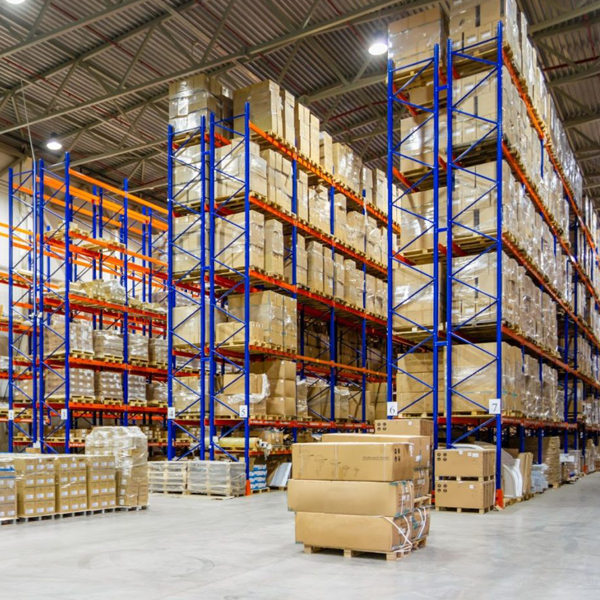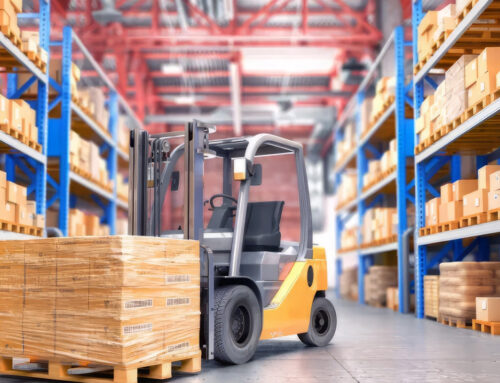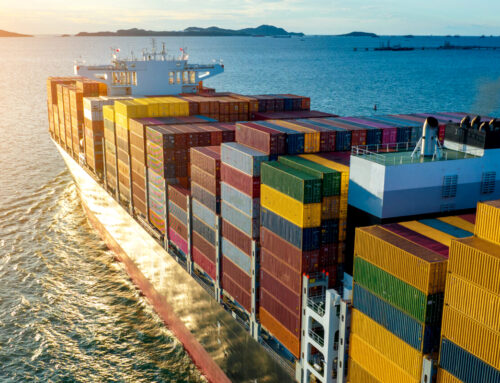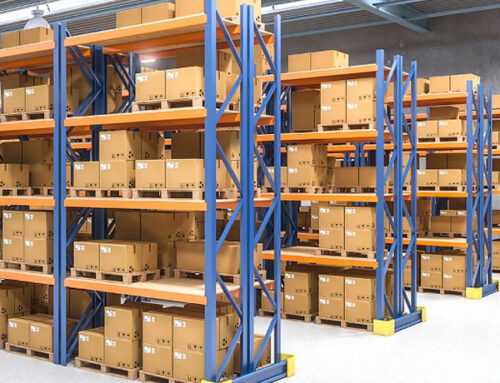Amid the global call for sustainable development, businesses are also seeking environmentally friendly solutions in warehousing and fulfillment. Green warehousing and fulfillment not only contribute to environmental protection but also reduce costs and meet the growing consumer demand for sustainability.
On the warehousing front, optimizing logistics routes and warehouse layouts can minimize energy consumption and emissions. For instance, well-arranged storage and transportation routes can reduce travel distances and time, subsequently cutting energy consumption. Furthermore, intelligent warehouse management systems monitor goods in real-time, reducing inventory backlogs and avoiding resource wastage.
In the realm of fulfillment, the application of eco-friendly packaging materials is a crucial consideration. Biodegradable and recycled materials can curtail packaging waste generation, lessening environmental burdens. Simultaneously, optimizing packaging design can reduce the amount of packaging material used, maximizing resource utilization.
By implementing green warehousing and fulfillment, businesses can not only attain environmental sustainability certifications but also cultivate a positive corporate image in the market. With an increasing number of consumers favoring eco-friendly and sustainable brands, the development of green warehousing and fulfillment practices aids in attracting more customers and market share.
In conclusion, warehousing and fulfillment solutions play an indispensable role in the supply chain. From enhancing customer experiences to addressing digital challenges, from influencing corporate reputations to pursuing sustainability, warehousing and fulfillment hold critical roles across various aspects, making them essential to business success.







评论